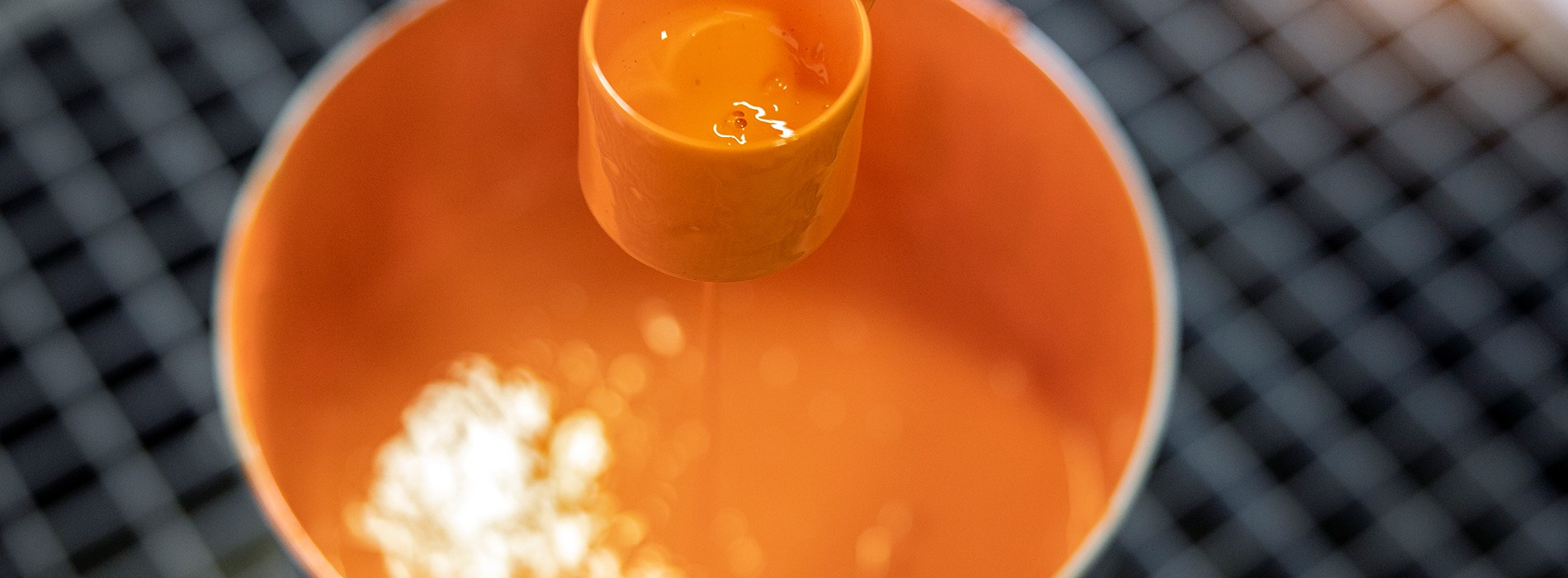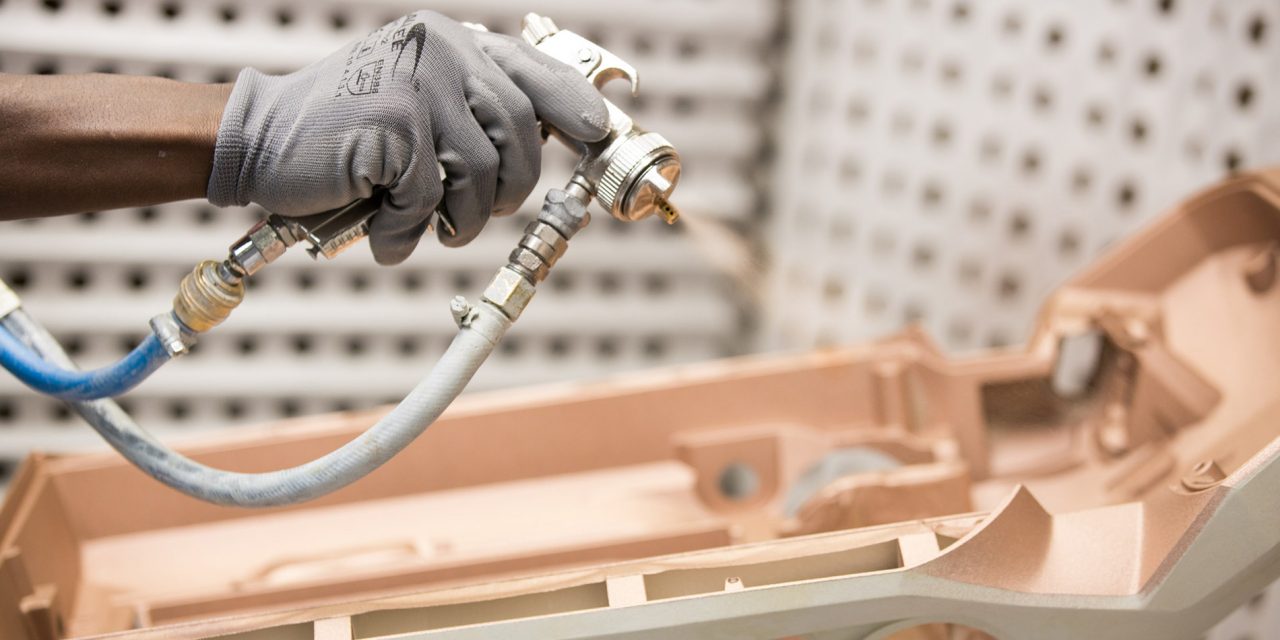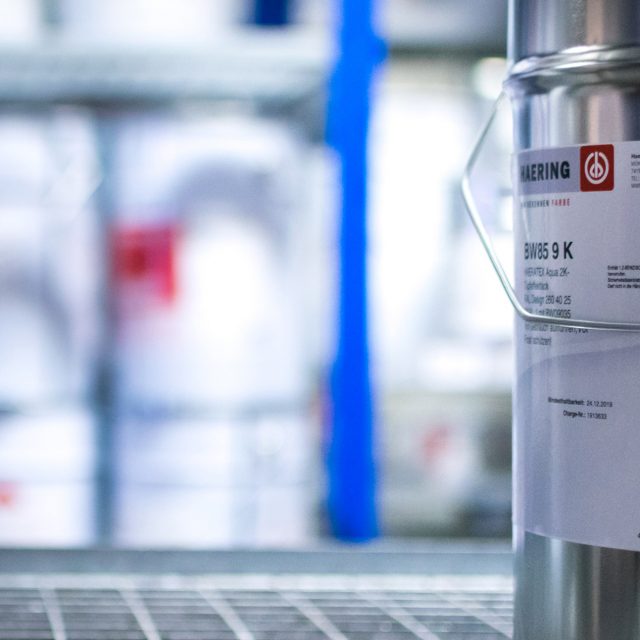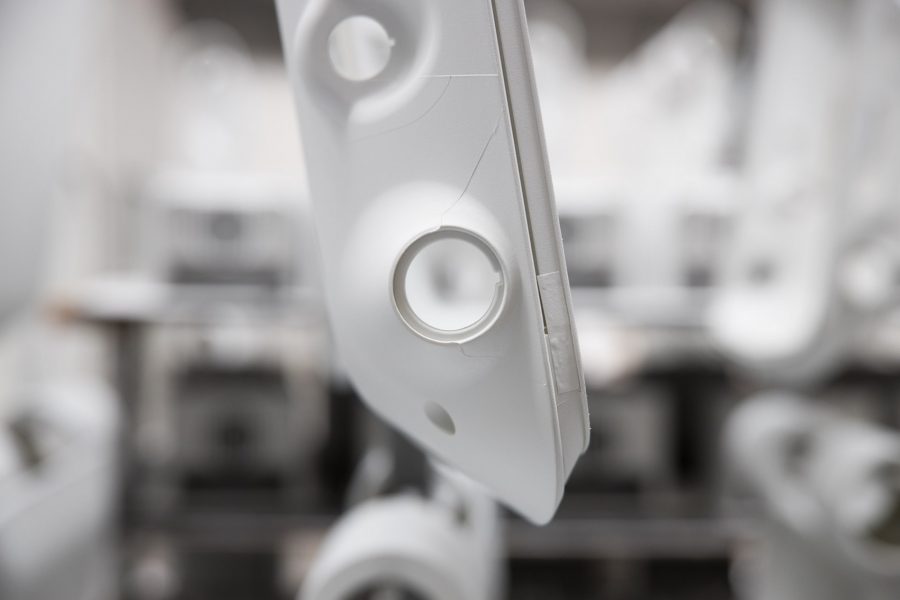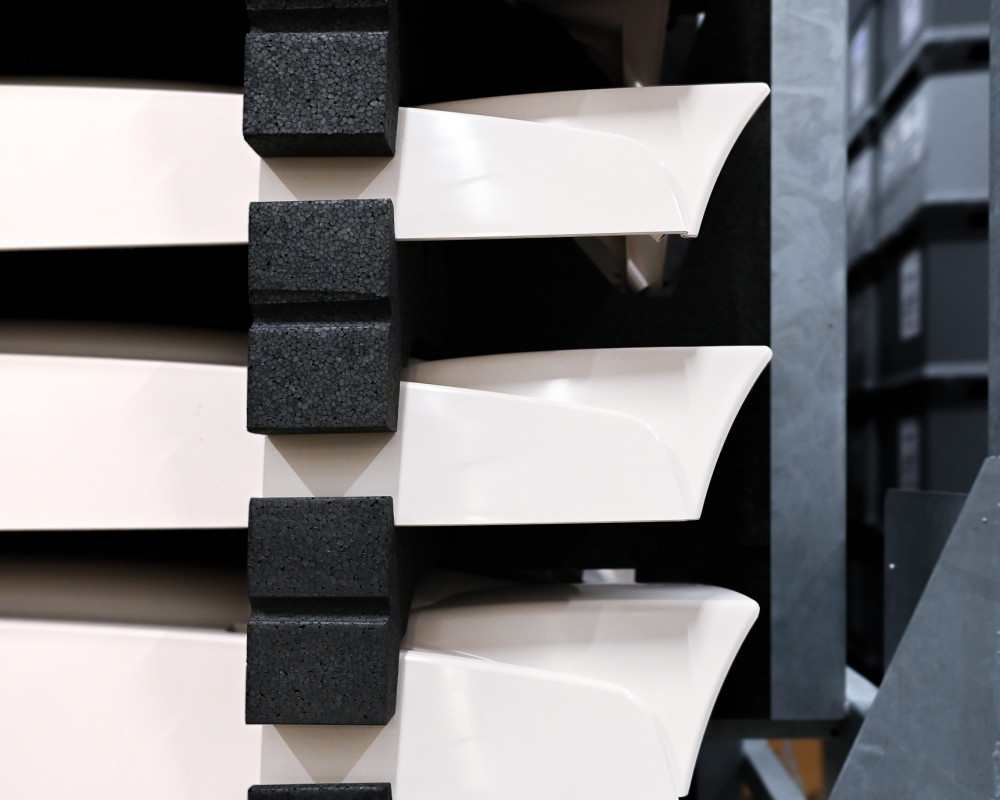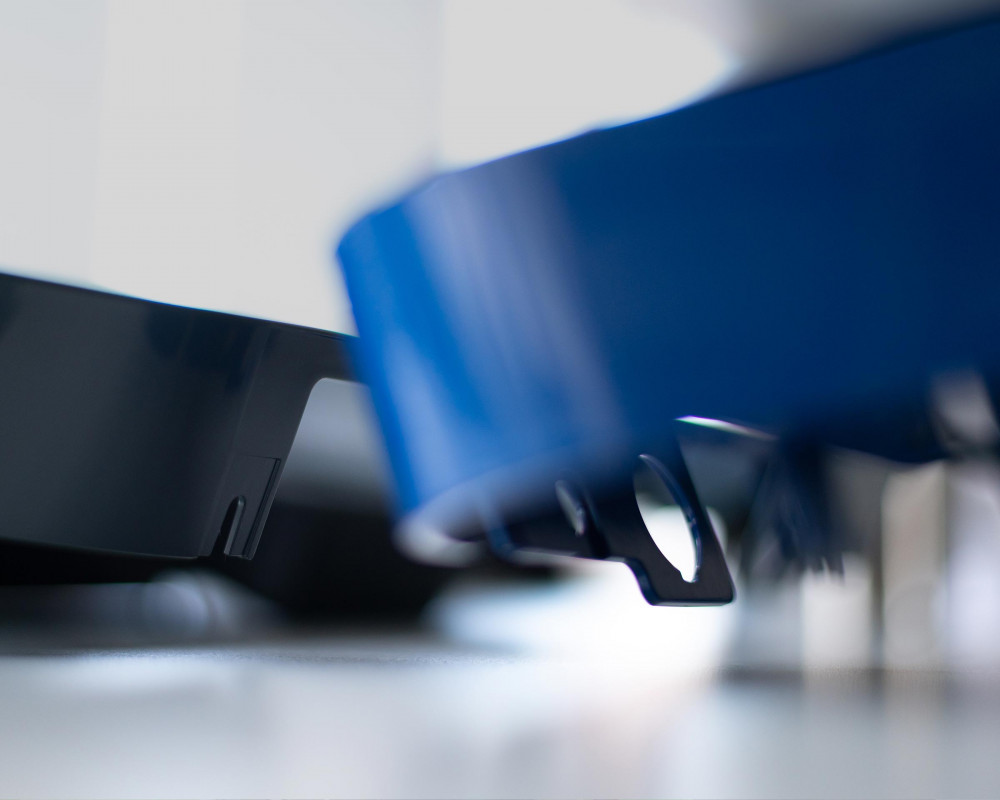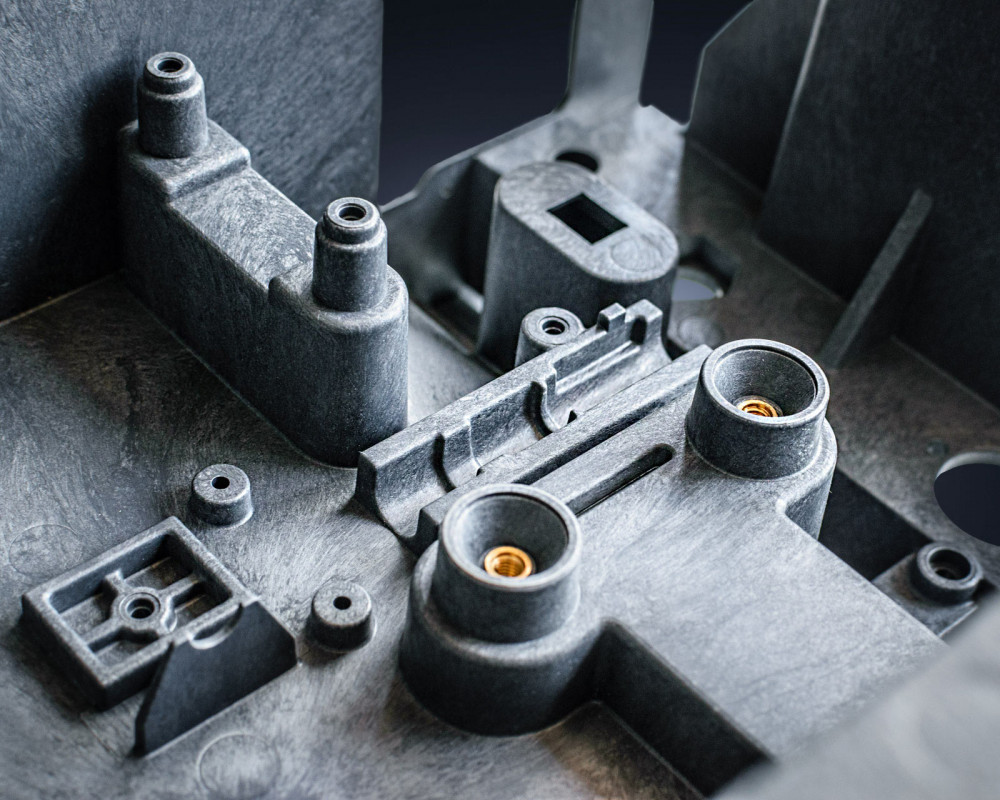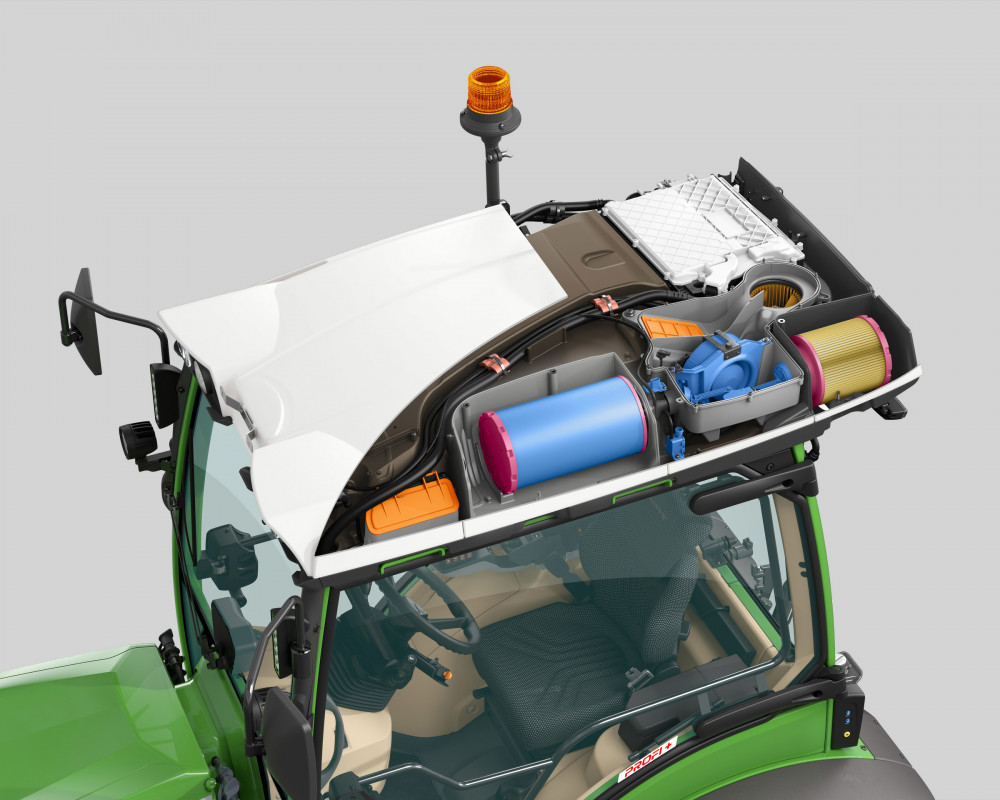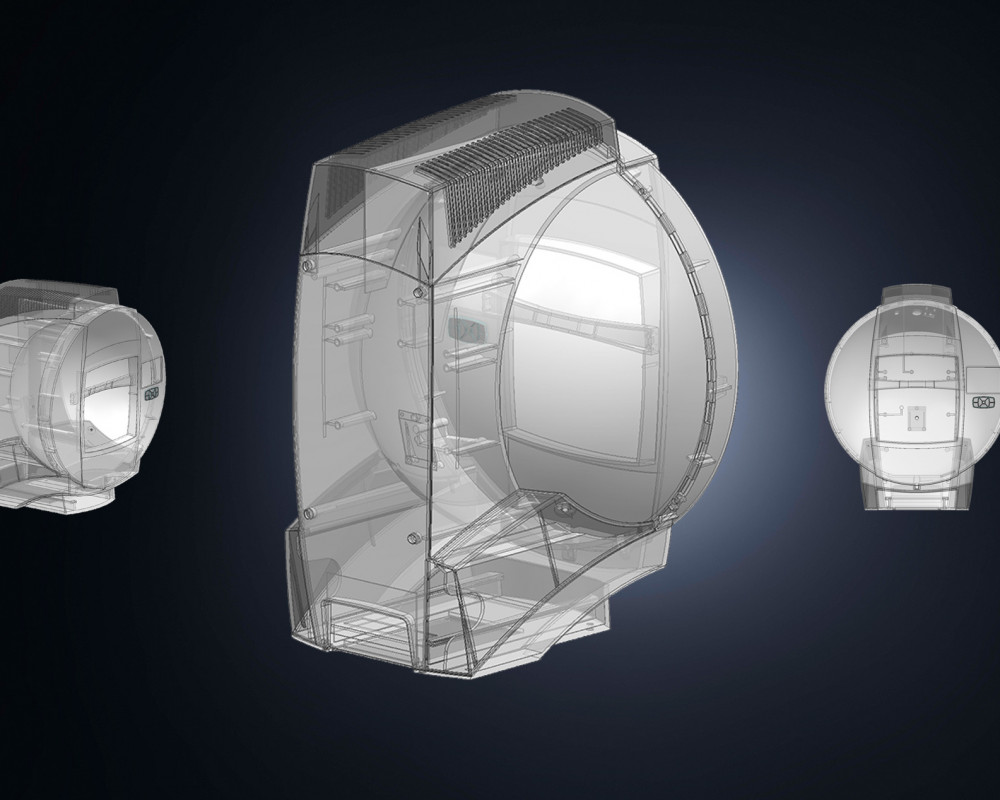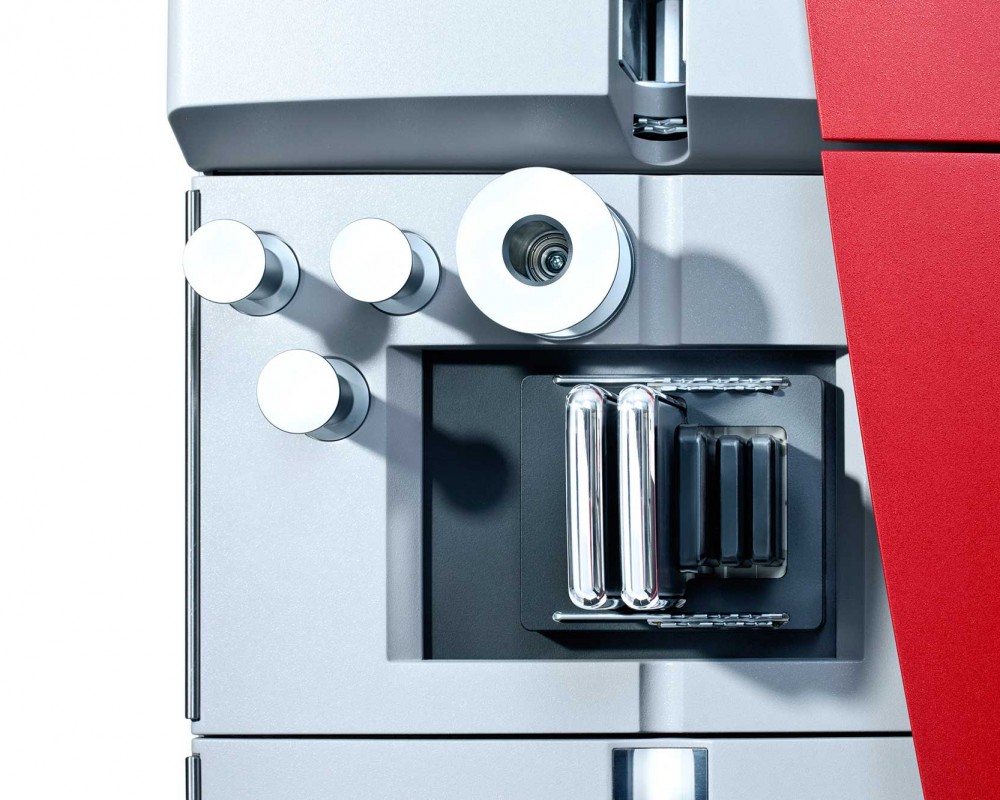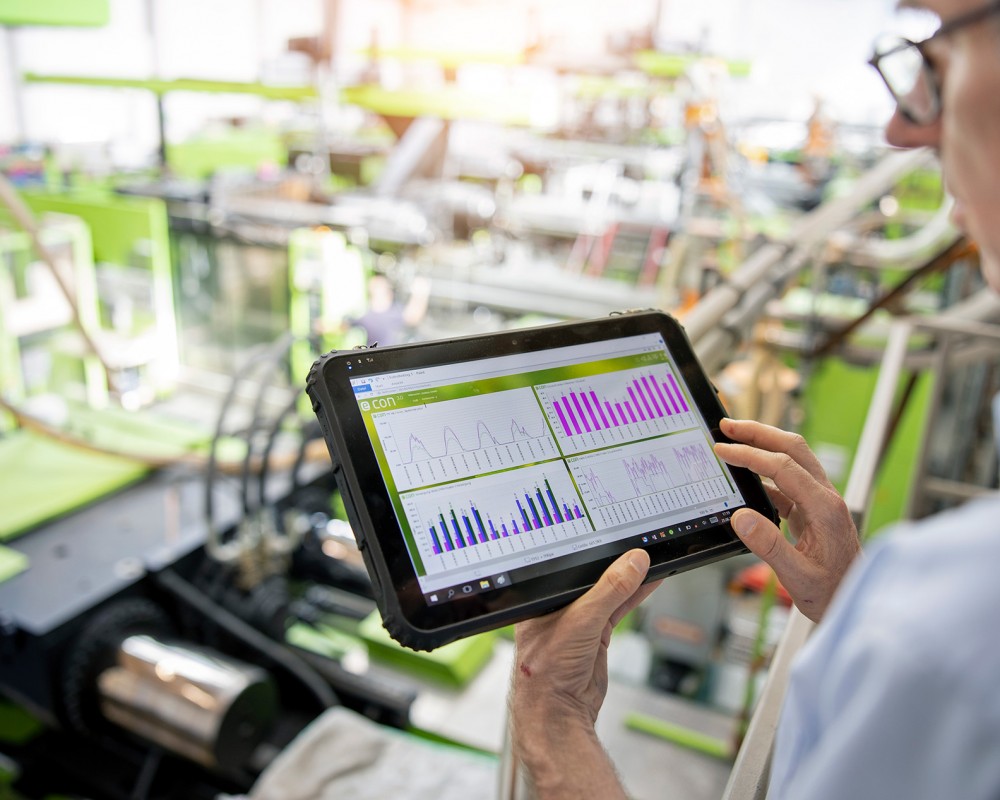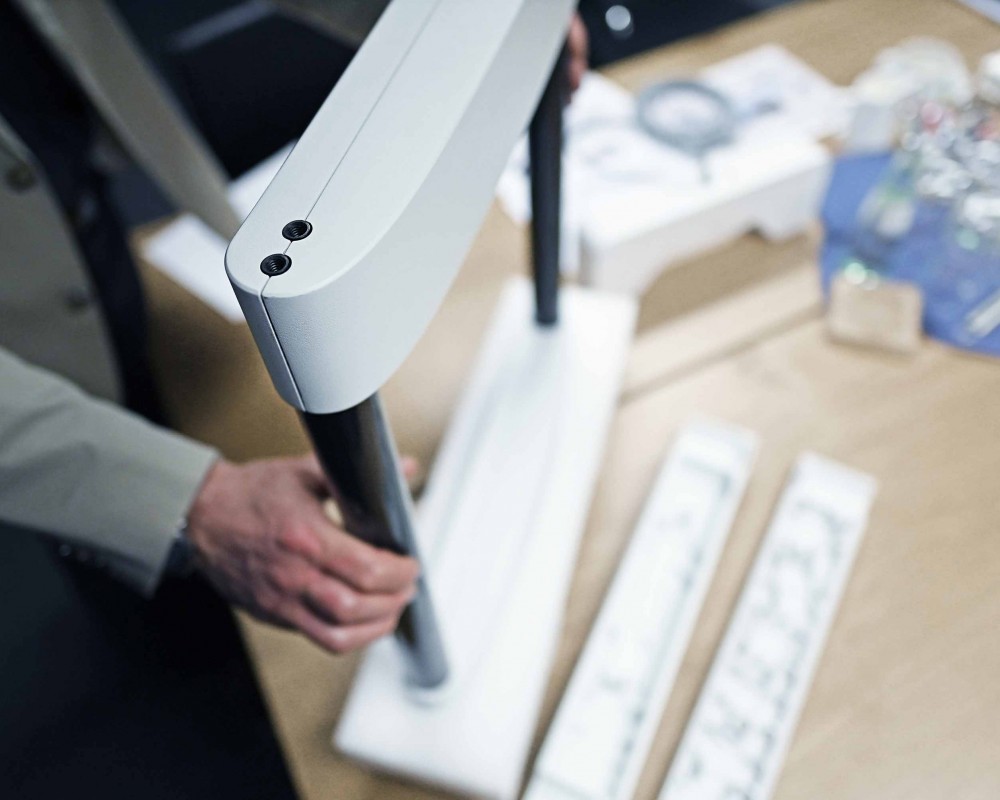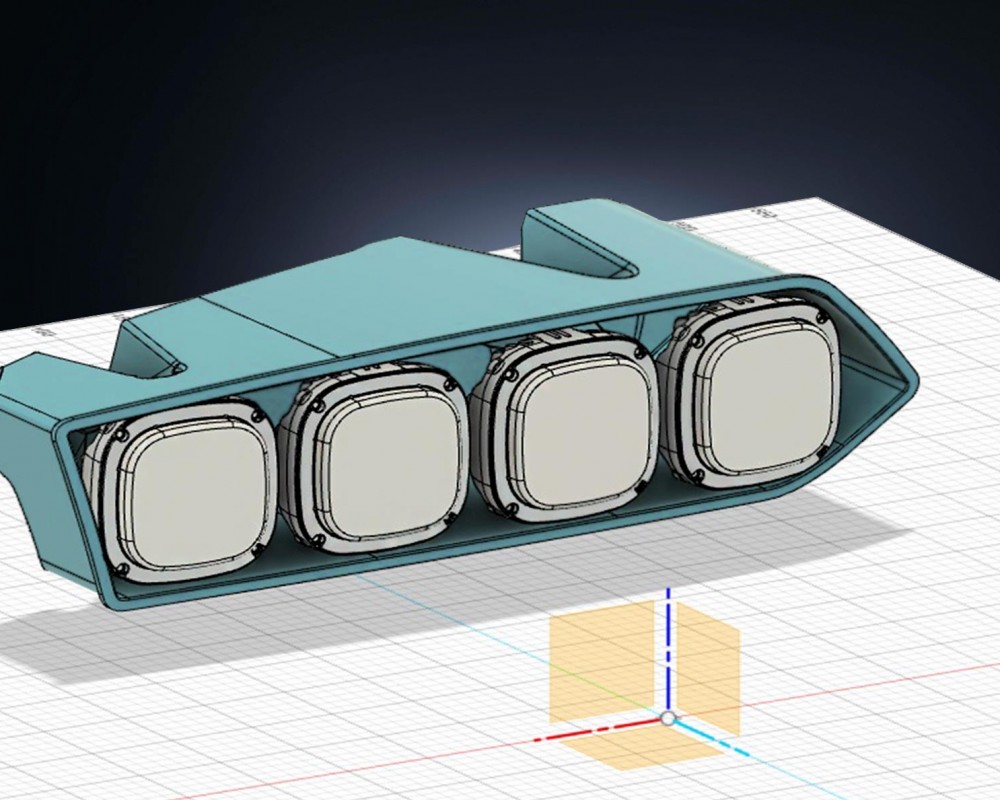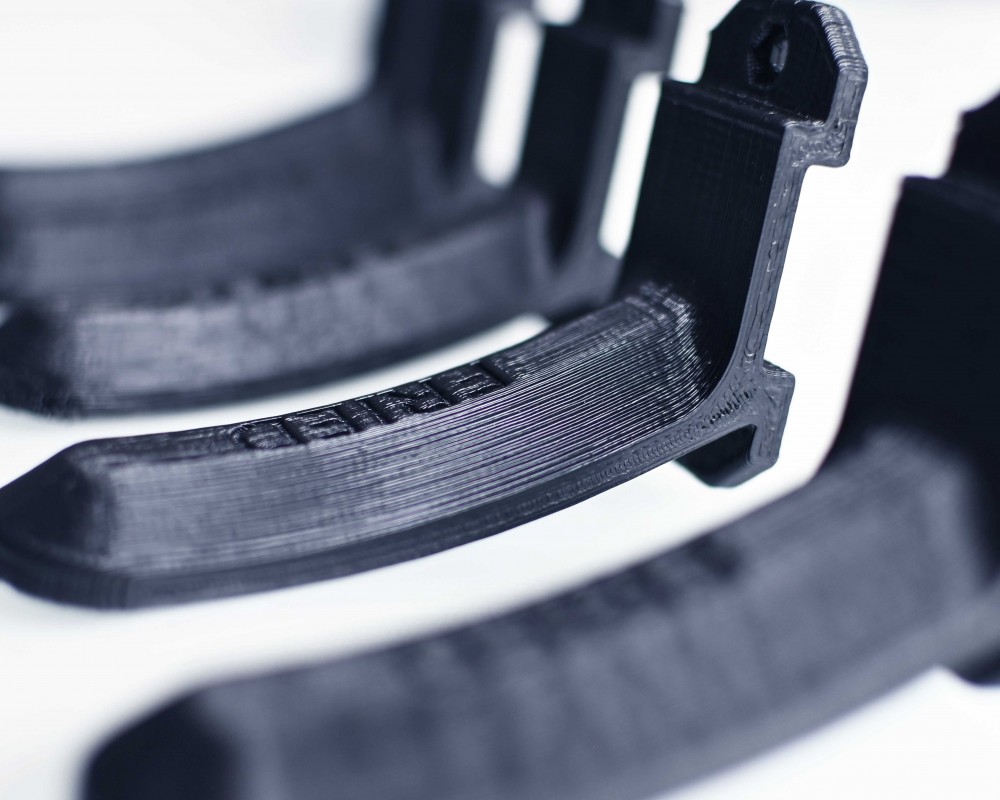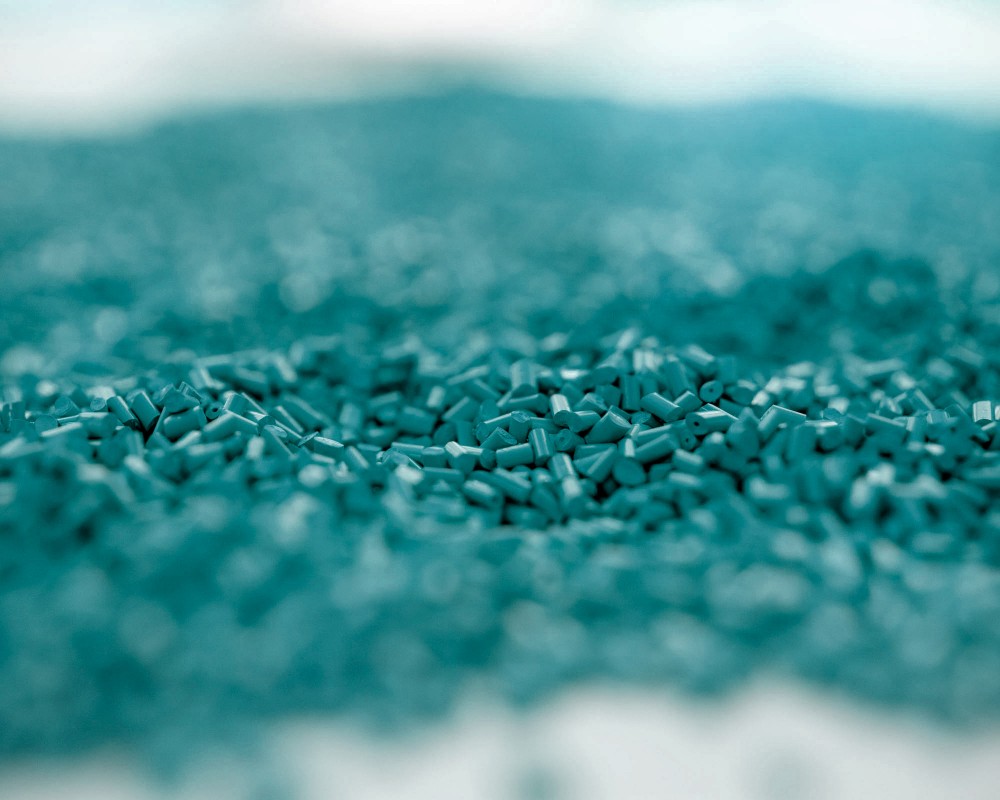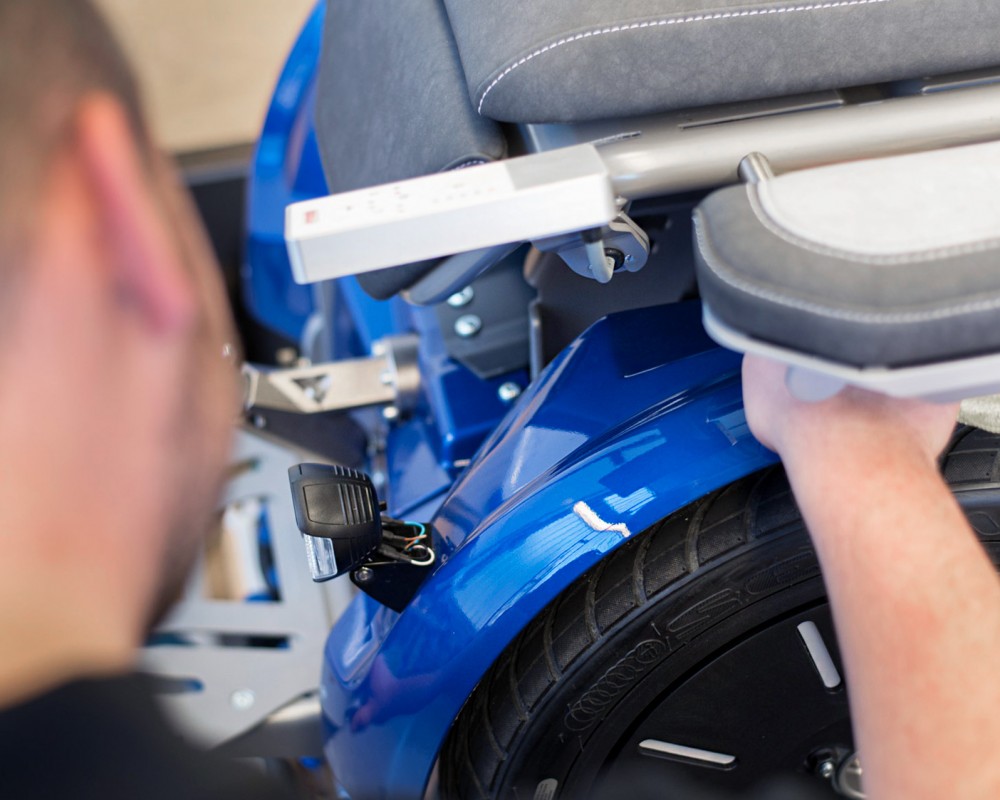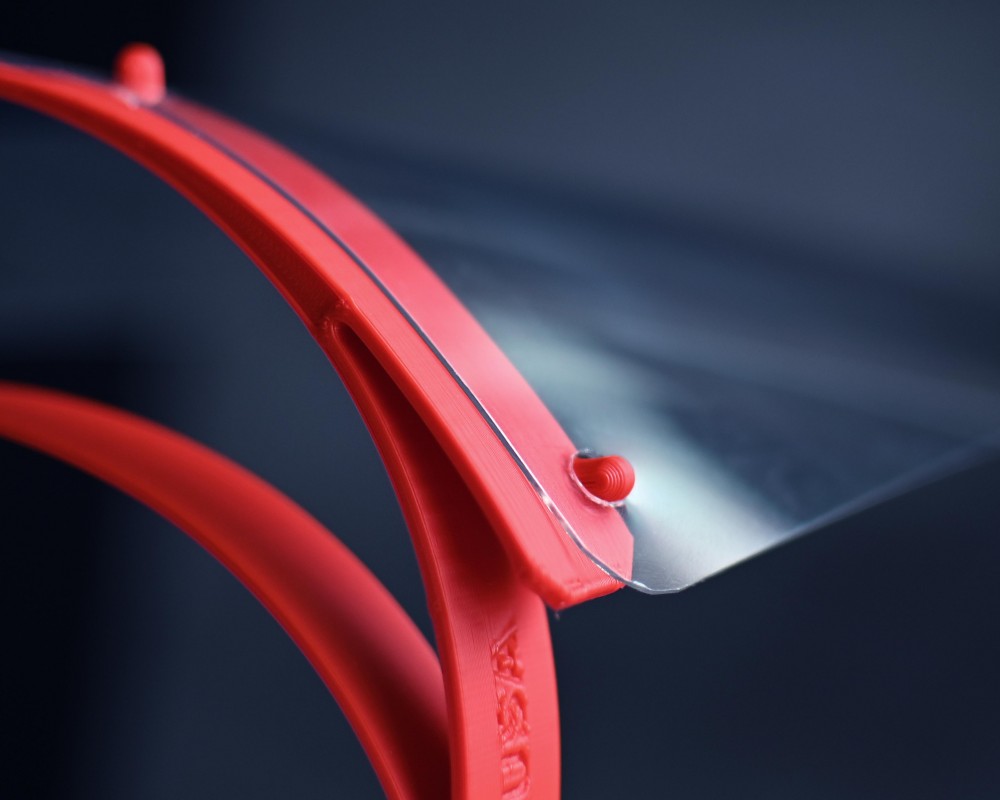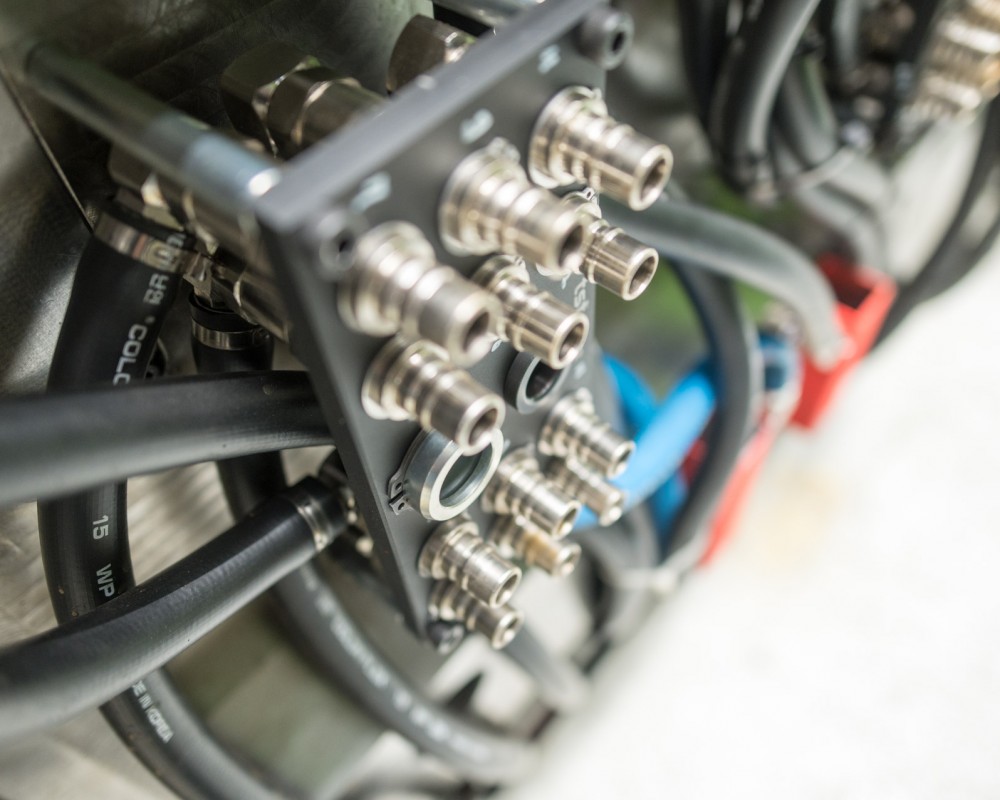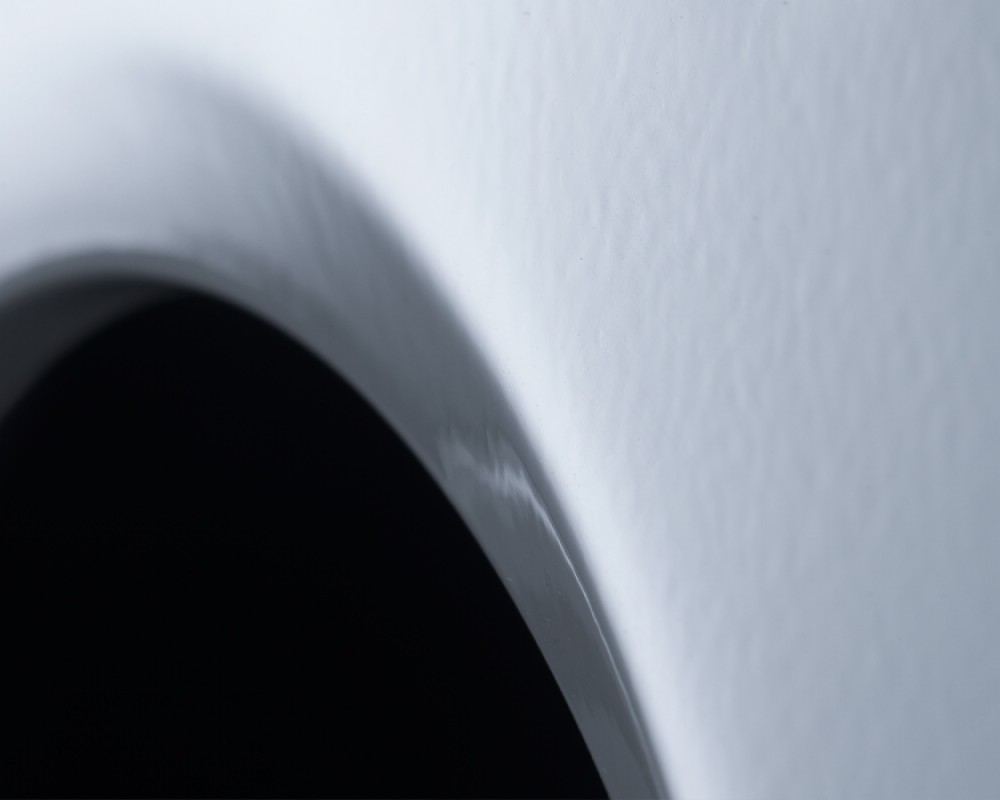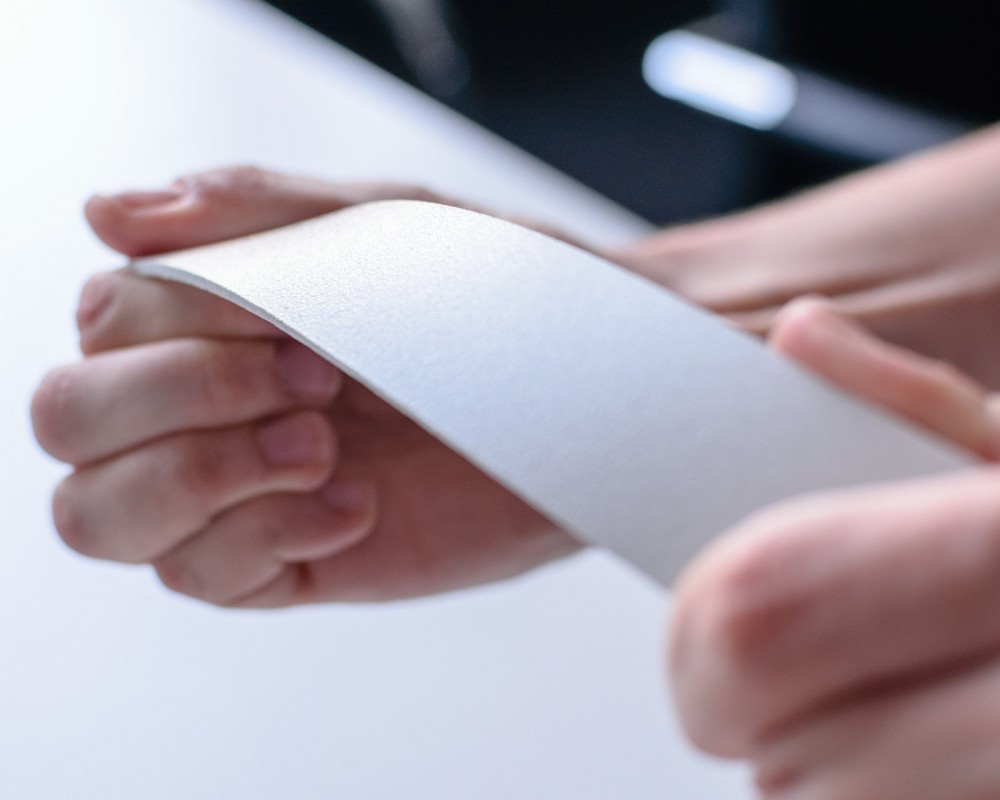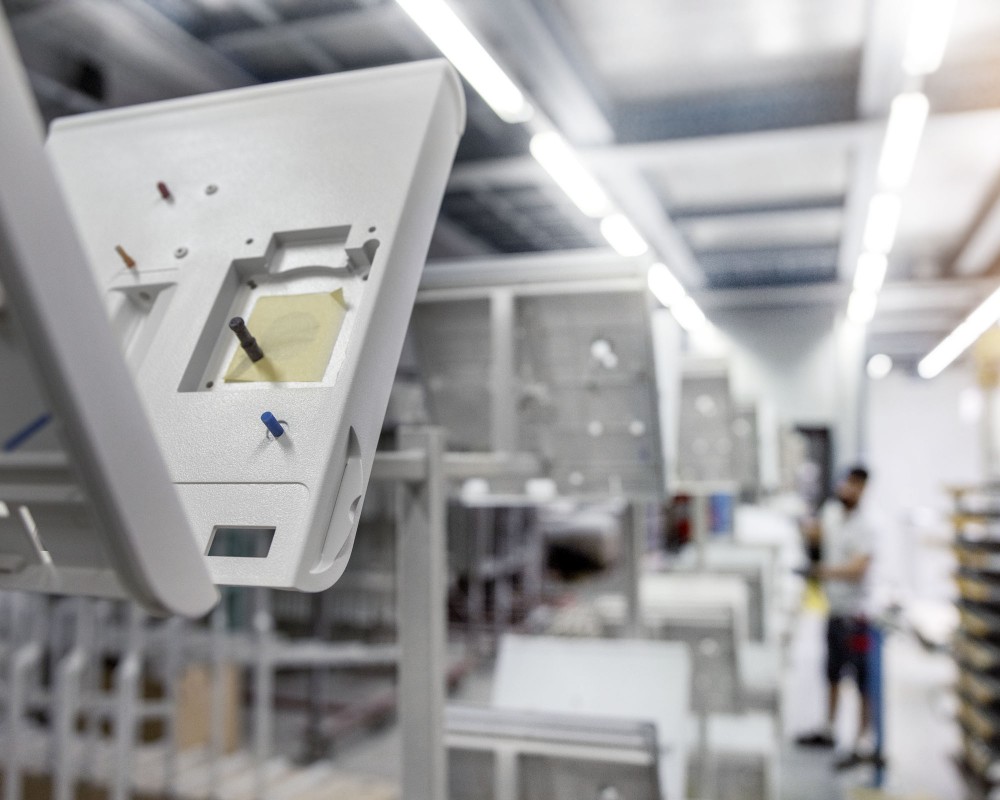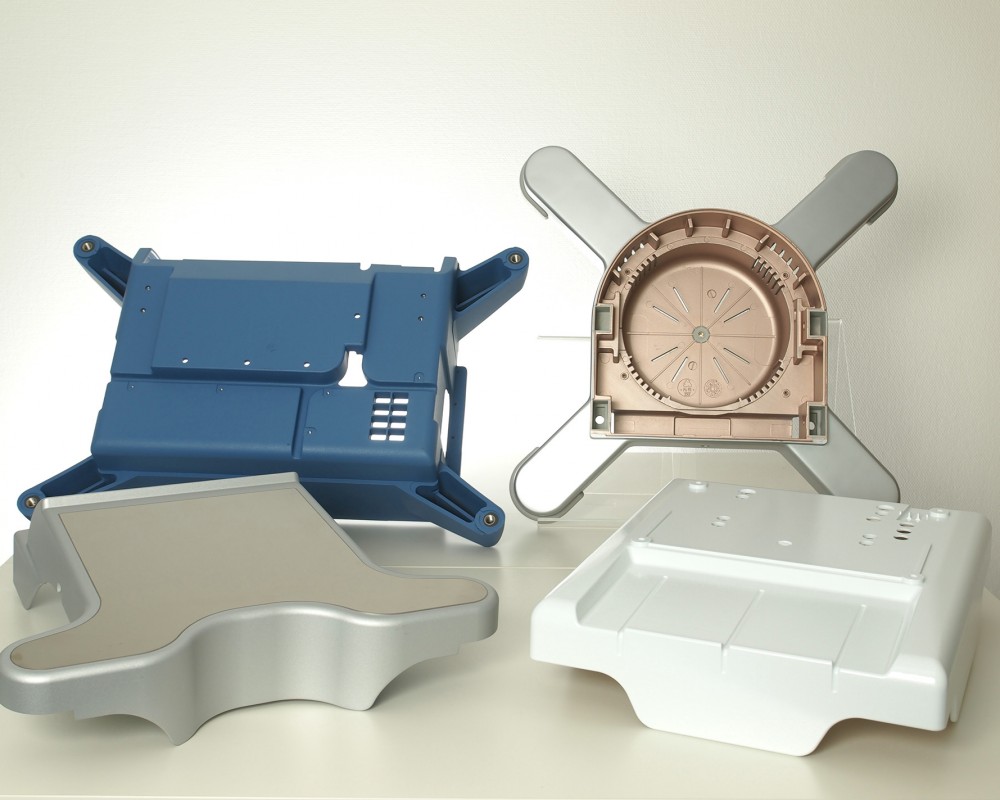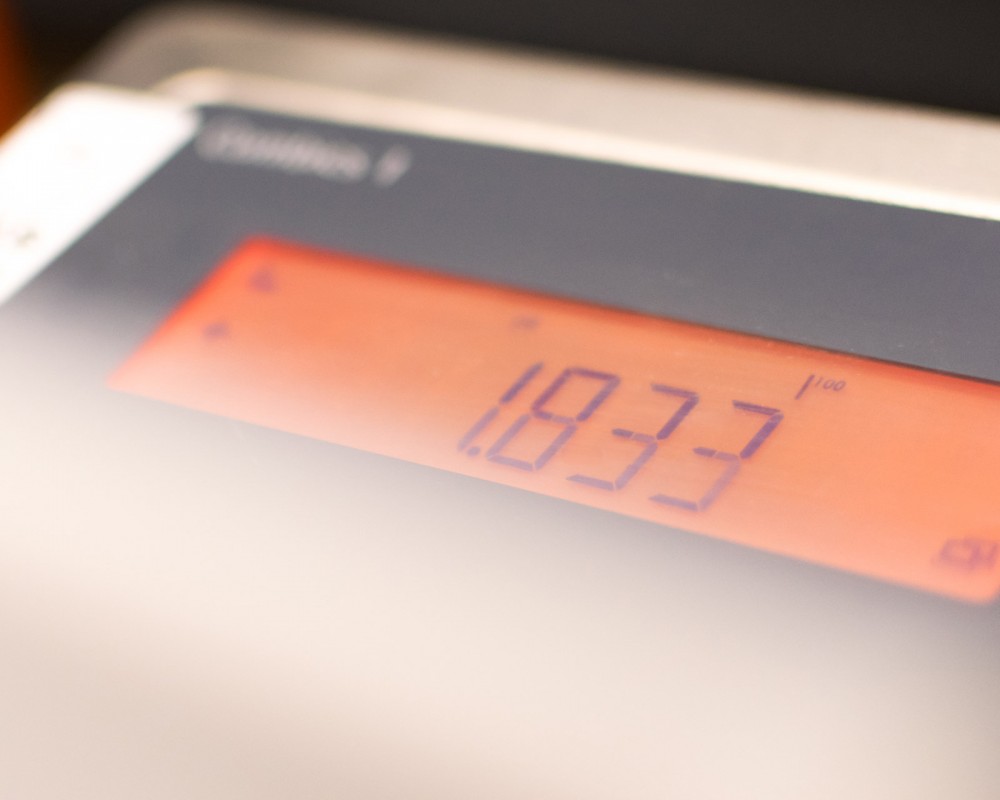Water-dilutable paints meet all the requirements
In addition to these surface requirements, the solvent content of the coating should also be reduced for the sake of the environment. In particular, it is difficult for paint manufacturers to meet the high standards required for the chemical resistance of waterdilutable coating systems. The application of these paints is yet another challenge.
Compared to the solvent-based paints used in the past, the applicable process window with regard to layer thickness and room climate during painting and curing is considerably smaller. Modern water-dilutable polyurethane paints meet all these high requirements after professional application. The surfaces can be produced from smooth to glossy with various surface structures. It is also possible to coat the inside of the casing with conductive coating for electromagnetic shielding. For example, Fried Kunststofftechnik coats computer tomograph casings with a smooth, high-gloss white coating. In addition to the requirements mentioned above, a special feature of these surfaces is their increased resistance to UV light. This makes disinfection by UV radiation possible.
Another example: At Fried, haemodialysis machines are finished inside with a conductive coating so that any electromagnetic fields that occur do not lead to a malfunction.
Contact surfaces of the conductive coating on the inside of the housing are covered for application of the top coat. The liquids used to rinse the devices, e.g. those based on peracetic acid, cannot damage the casing from the outside. The development of the coatings was carried out in close cooperation between the coating manufacturer, the coating shop and the medical device manufacturer. At Fried, the application of the coating for the above-mentioned devices is carried out through a fully automated process by two industrial robots. Coating mixing and dosing is carried out by a 2-component mixing plant. Humidity and temperature are continuously controlled during the coating and drying. This ensures uniform quality.
Due to their size and geometry, the parts for tomographs can hardly be coated by hand with satisfactory, uniform quality. Smaller series or individual pieces cannot be costefficiently coated on a coating system, so parts for which the trained eye of the coater is necessary for perfect coating should not be coated automatically. For example, the casings for printers of X-ray images are hand-coated. The opacity of the coatings plays a particularly important role here, as the base parts are coloured black for the purposes of light tightness and then coated with white paint. As a result of increased demands for sustainability from production to disposal, water-based coatings are also becoming increasingly popular with customers. The course of development such as of the automotive industry, which has led to the almost exclusive use of water-dilutable paint systems, is also probable for medical technology.
Yet more features are still possible
This poses great challenges for the coating shops. You should be experienced in handling water-based paints and have the suitable equipment. It is not enough to just purchase a spray can. All parts in contact with the coating must be made of stainless steel or other non-corrosive materials. If the exhaust air from the paint walls can be cleaned by wet washing, it is more difficult to remove the paint from the water. In this case it is necessary to change the underlying chemistry. The evaporation times of waterbased paints are longer and depend on the humidity of the environment. As the above examples show, water-dilutable coating systems can now be used to create surfaces that only a few years ago could only be achieved by using solvent-based coatings. A further change of requirements will take place in the future. Some customers want biocompatibility, others want antibacterial properties. The devices are also becoming more elaborate in their design. Several coatings on one device, including metallic coatings, are more frequently seen in the medical field. These goals can be achieved through modern water-based coating systems and the necessary experience for processing.
Fried and its partners develop water-based coatings for the highest requirements in all industries.
Solvent-free paints are good for the environment
Solvents are volatile organic components (VOCs) that contribute to the greenhouse effect and precursors for the formation of ground-level ozone. Emissions of VOCs are regulated in many countries. Water-dilutable paints with a proportion of volatile organic compounds of less than ten percent are therefore considered as friendly for the environment. In the course of increased demands on sustainability from production to disposal, water-based paints are also increasingly popular. In the automotive industry, almost only waterdilutable coating systems are used today, and this development is also to be expected for medical technology.
Article excerpt from DeviceMed
Related Links
Surface Engineering
Environment & Sustainability
